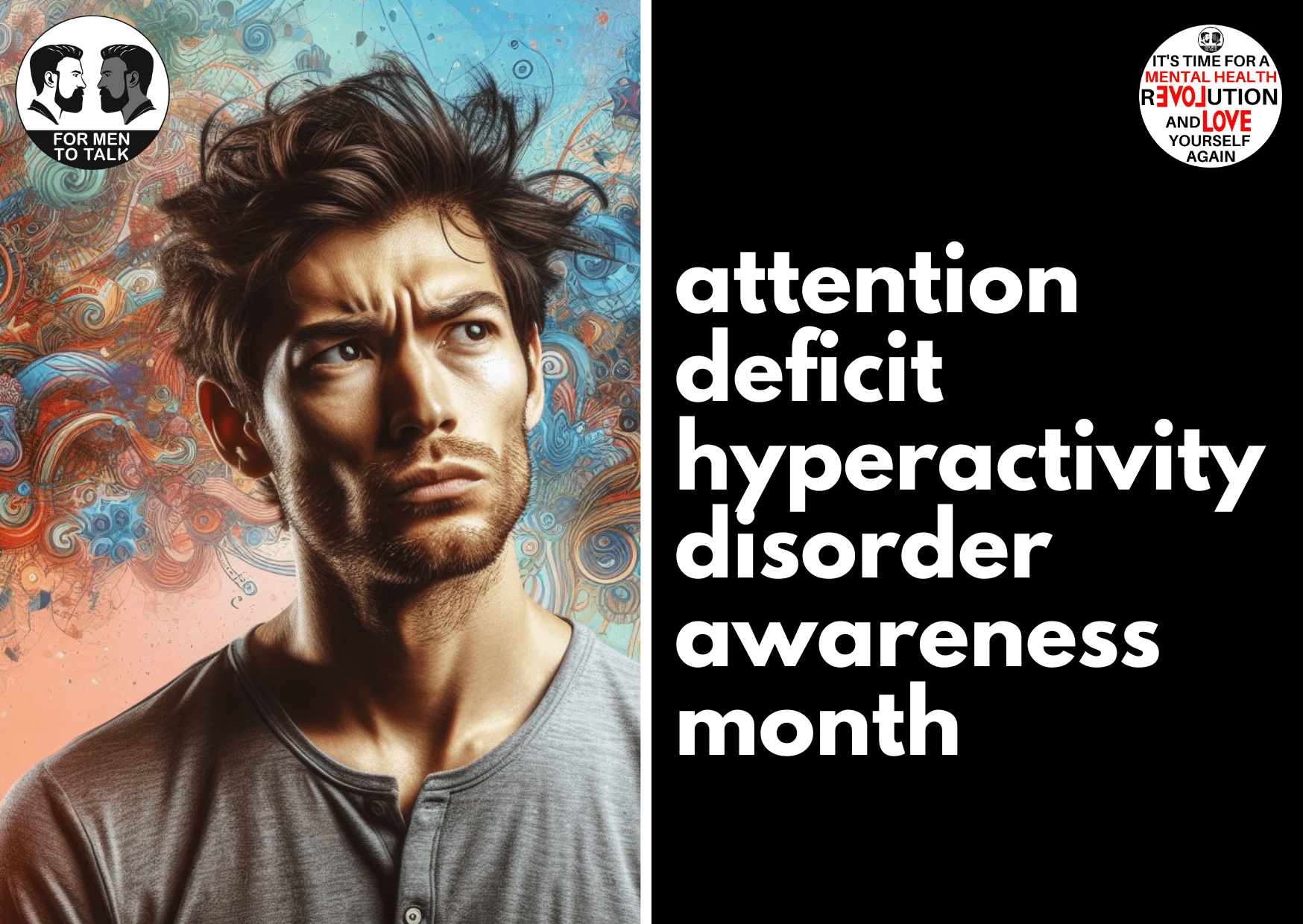Navigating the storm: Understanding ADHD and its manifestations of hyperactivity and impulsivity

Living in a world that demands constant attention and rapid decision-making can be overwhelming for many, but for those with Attention-Deficit/Hyperactivity Disorder (ADHD), the challenges can be particularly daunting. ADHD is a neurodevelopmental disorder that affects both children and adults, impacting various aspects of their daily lives. In this blog, we’ll delve into the symptoms of hyperactivity and impulsivity, shedding light on the experiences of those living with ADHD.
Hyperactivity – A Constant Battle Against Restlessness
One of the hallmark symptoms of ADHD is hyperactivity. Individuals with ADHD often find it challenging to sit still or engage in activities that require a sustained attention span. It’s not merely a case of having excess energy; rather, it’s an internal restlessness that compels them to constantly move, fidget, or engage in activities that seem aimless to others.
Imagine a child in a classroom, squirming in their seat, tapping their pencil incessantly, or getting up and wandering around the room. In adults, hyperactivity may manifest as an inability to stay seated during meetings, constant shifting in their chair, or a perpetual need to be on the move. This restlessness can be disruptive and may lead to difficulties in social and academic or professional settings.
Impulsivity – Acting Before Thinking
Impulsivity is another facet of ADHD that can have profound effects on an individual’s life. It involves making hasty decisions without considering the consequences, often driven by a desire for immediate gratification. Impulsive behaviors can range from interrupting others in conversations to making impromptu decisions without evaluating the potential outcomes.
The impulsivity associated with ADHD is not a lack of intelligence or awareness; rather, it’s a difficulty in applying that awareness in the heat of the moment. This can result in social challenges, strained relationships, and a pattern of making choices that may not align with long-term goals.
The Impact on Daily Life
The combination of hyperactivity and impulsivity can significantly impact various aspects of life. In educational settings, students with ADHD may struggle to focus on assignments or complete tasks, affecting their academic performance. In the workplace, adults may find it challenging to meet deadlines or collaborate effectively with colleagues. Socially, impulsivity can strain relationships, as others may perceive the individual as inconsiderate or thoughtless.
It’s crucial to understand that ADHD is a legitimate neurobiological condition, and individuals with ADHD are not intentionally disruptive or careless. Instead, their brains operate differently, making it essential to approach ADHD with empathy and a willingness to accommodate unique needs.
Managing ADHD – A Holistic Approach
While there is no cure for ADHD, various treatment options can help manage its symptoms. Medication, therapy, and lifestyle adjustments can play a significant role in improving daily functioning. Additionally, creating a supportive environment that recognises and accommodates the challenges associated with ADHD can make a world of difference.
In conclusion, understanding the symptoms of hyperactivity and impulsivity is a crucial step toward fostering empathy and support for those with ADHD. By recognising the unique struggles faced by individuals with ADHD, we can work together to create inclusive spaces that allow them to thrive. ADHD may present its challenges, but with the right support and understanding, individuals with ADHD can lead fulfilling lives, harnessing their creativity and unique perspectives to contribute meaningfully to the world around them.